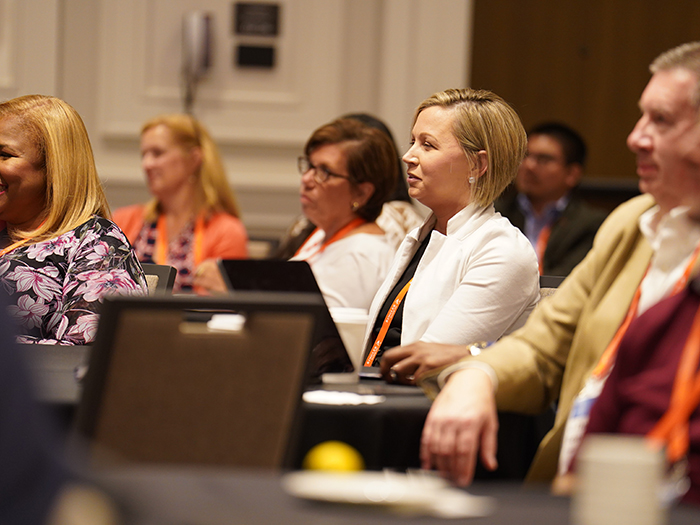Risk Insider: Jack Hampton
Higher Education Risk Managers: An Uphill Battle
Mainak Sarkar, 38 years of age, was described by his high school teacher and mentor as calm, smart and unassuming.
“Mainak was a level-headed, intelligent student and never gave any indication of abnormal behavior.” He graduated from one of India’s elite engineering institutes where admission is fiercely competitive and students face huge pressure to excel.
He came to the United States to get his doctorate from UCLA. How did he do?
Not well. Recently, he shot and killed his estranged wife in her suburban Minneapolis home, then drove 2,000 miles to California where he shot and killed his professor before taking his own life.
Risk managers have a staggering problem on their hands if they are ever going to make enterprise risk management inroads across the full Academy. There is no other way to see it.
Individuals who knew him in the U.S. speculated that he “may have been demoralized by the long struggle to earn his doctorate.” A common problem. More than half of doctoral candidates never finish their dissertation.
This is one story that makes me think that risk managers working in higher education have their work cut out for them. I have another.
In 1996, Professor Alan Sokal submitted a paper to a scholarly journal published by Duke University Press. The title was, “Transgressing the Boundaries: Towards a Transformative Hermeneutics of Quantum Gravity.”
What impact did this single paper have on modern science?
None. Sokal subsequently announced that his paper was outright nonsense presenting silly quotations about mathematics and physics.
He sought to show that a serious scholarly journal would publish, “… a pastiche of left-wing cant, fawning references, grandiose quotations, and outright nonsense … structured around the silliest quotations … he could find about mathematics and physics.”
Risk managers have a staggering problem on their hands if they are ever going to make enterprise risk management inroads across the full Academy. There is no other way to see it.
Colleges and universities are firmly in the hands of faculty and administrators who are in denial when it comes to risks threatening higher education. Last year Sweet Briar, a historically renowned college in Virginia, announced it would close.
The news activated its alumni but otherwise barely rippled the post-secondary waters. Last week Dowling College, less prominent but equally important to its students, took the same drastic step.
Many colleges and universities are on the brink of a crisis caused by high tuition, excessive student borrowing, failure to graduate students within a reasonable time frame, and inadequate job skills after graduation.
Solving these problems is within the scope of enterprise risk management. Unfortunately, as I think they would acknowledge, risk managers are largely paralyzed to help with problems on the academic side of the house.
The requirement to perform obtuse research is a disaster for higher education. It rewards professors for writing nonsense in journals that add little to our knowledge and have almost no practical value.
It distracts everybody from the valuable role of helping develop the knowledge, values, and skills of students. This is the ERM challenge for higher education.
What can we do? Not much about Mainak Sarkar. But wait a minute. Did Sokal violate the ethics of the Academy? Maybe yes, maybe no.
This would be a good topic for a scholarly publication. Perhaps I will get started on that article and leave to other ERM advocates the task of addressing the problem of attracting bright, energetic, and enthusiastic young teachers to the ranks of the professoriate.
Maybe somebody will publish my findings.










